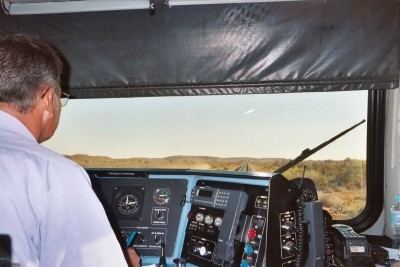 | ||
An engineer (American and Canadian), engine driver, train driver, train operator (British and Commonwealth English), is a person who operates a train. The driver is in charge of, and responsible for driving the engine, as well as the mechanical operation of the train, train speed, and all train handling. The use of the term engineer to describe this occupation in North America should not be confused with the usual meanings of engineer.
For many American railroads, the following career progression is typical: assistant conductor (brakeman), conductor and finally driver. In the US, drivers are required to be certified and re-certified every two to three years. In American English a hostler moves engines around train yards, but does not take them out on the normal tracks.
In India, a driver starts as a diesel assistant or electrical assistant (in case of electric locomotives). They then get promoted on a scale: goods, passenger, Mail/Express and Rajdhani/Shatabdi/Duronto.
In New Zealand, the United States and Canada, train drivers are historically known as "locomotive engineers". In the United Kingdom, South Africa, and Australia they are known as "train drivers", "engine drivers", "locomotive drivers", or "locomotive operators".
Notable railroad engineers
The United Kingdom (UK)-based transport historian Christian Wolmar stated in October 2013 that train operators employed by the Rio Tinto Group to transport iron ore across the Australian outback are most likely the highest-paid members of the occupation in the world at that time.
